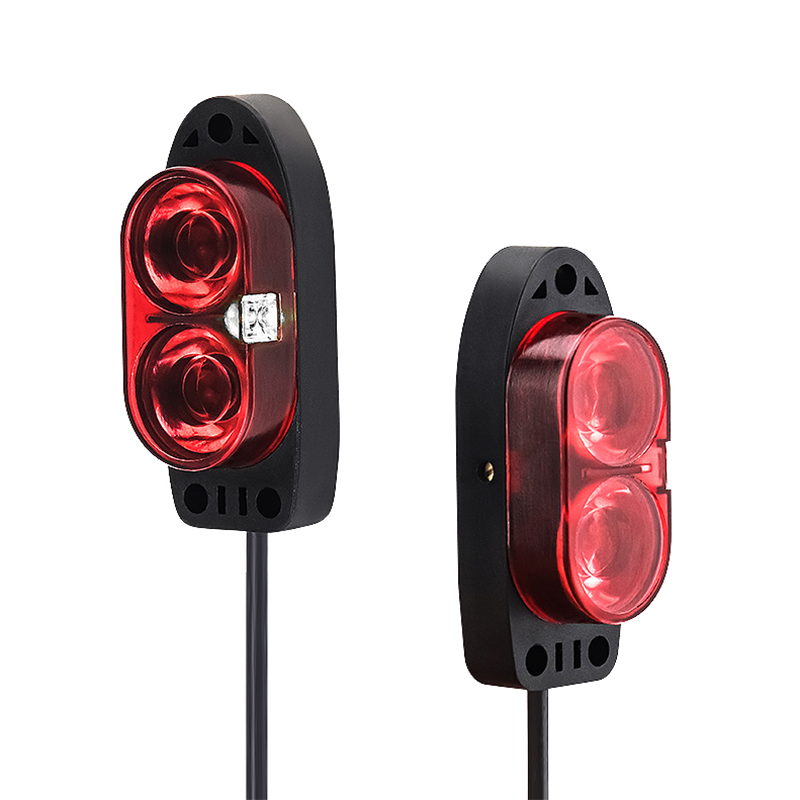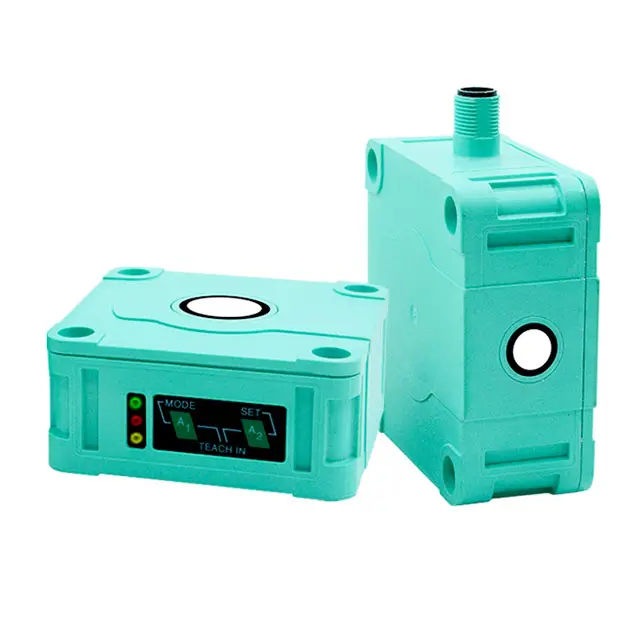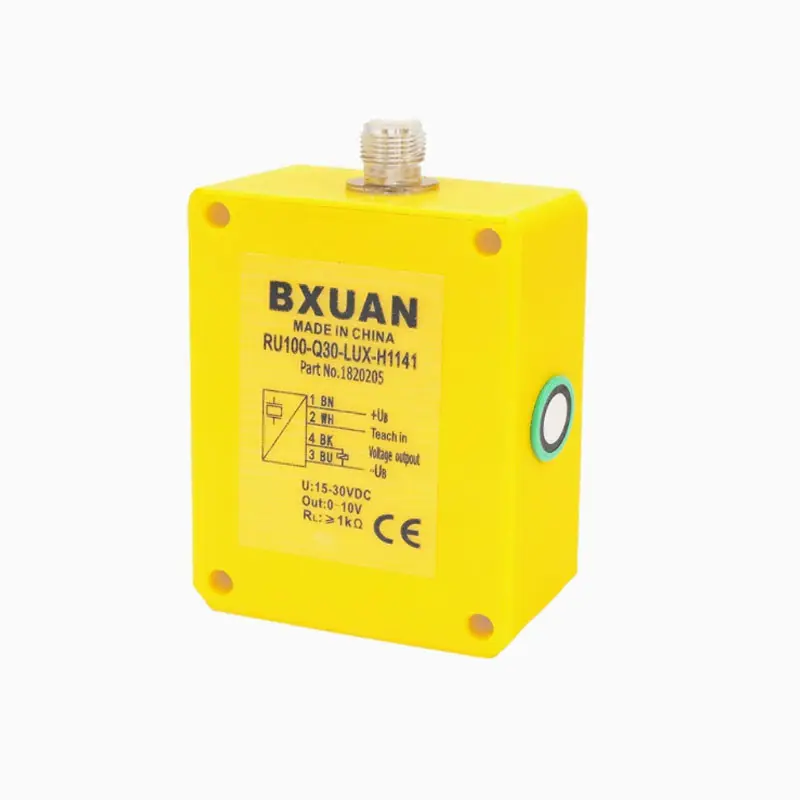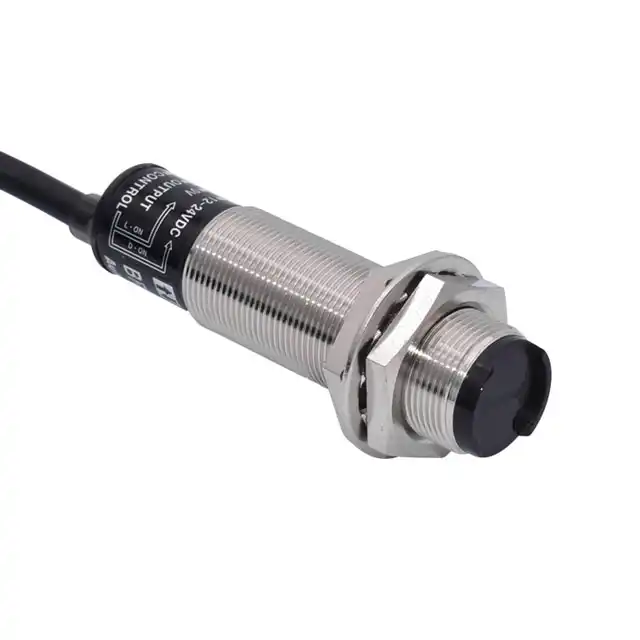photoelectric switch
A photoelectric switch is an advanced sensing device that utilizes light beams to detect the presence, absence, or distance of objects in various industrial and commercial applications. This sophisticated device consists of a light emitter and receiver, working in tandem to create a reliable detection system. The emitter projects a focused beam of light, while the receiver monitors this beam for any interruptions or changes in intensity. When an object enters the beam's path, the switch triggers a response, typically in the form of an electrical signal. These switches can operate in three primary modes: through-beam, where the emitter and receiver are separate units; retro-reflective, using a reflector to bounce the light back to a combined emitter-receiver unit; and diffuse, where the target object itself reflects the light. Modern photoelectric switches incorporate advanced features such as adjustable sensitivity, background suppression, and digital displays for precise setup. They can detect objects as small as a few millimeters and operate at distances ranging from a few centimeters to several meters. The technology's versatility allows for implementation in diverse environments, from manufacturing assembly lines to automatic doors, packaging systems, and conveyor belt monitoring.










